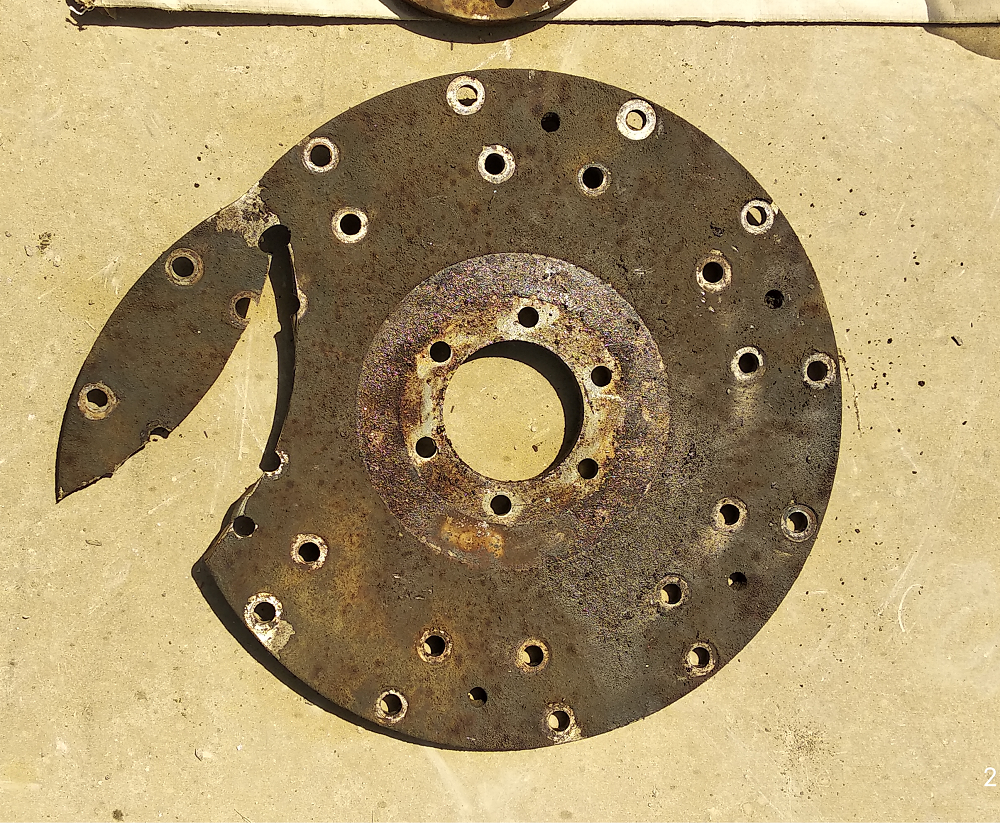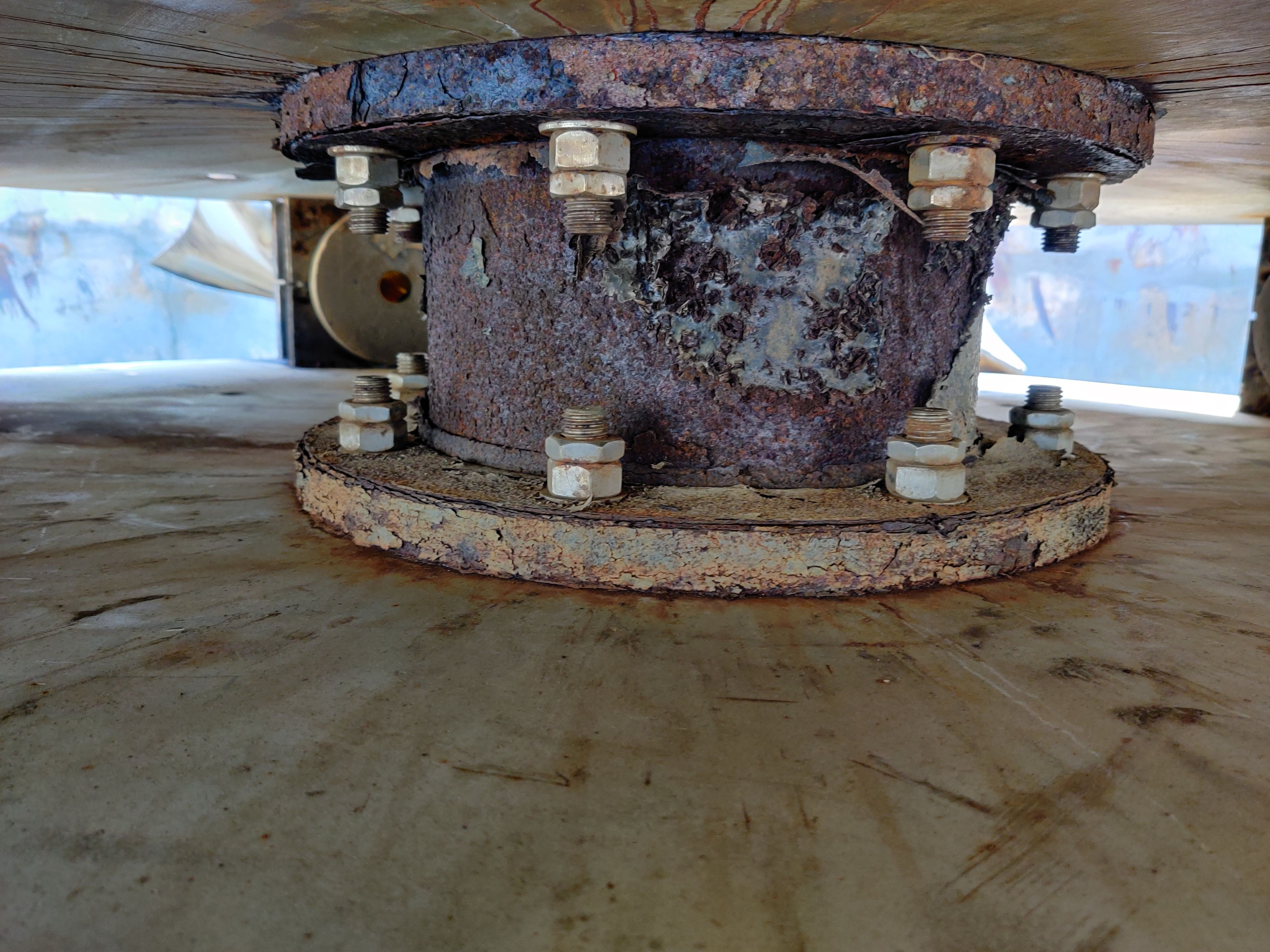Sea water Cooling Tower – Performance and Cost
There is a worldwide increase
in industries, which handle sea water with high-salinity for power plant
cooling towers. Around the world, there
is a variation of salt composition in sea water, from 10,000 ppm of chlorides
for brackish water to 19,000 ppm of chlorides for open ocean water. In confined
areas with high temperatures, chloride concentrations can be as high as 25,000 ppm.
In general a seawater tower face two challenges for a given heat rejection capacity in comparison to a freshwater tower. First, the thermal performance degradation due to two inherent salt water properties i.e. low vapour pressure and specific heat. Hence it requires slightly larger tower and consume slightly more fan power to achieve comparable performance. Second, the highly corrosive nature of salt water requires application of more costly materials for tower construction.

As per Encon’s Survey
almost all plants with high salinity cooling towers have encountered accelerated
corrosion on unprotected metal surfaces. In some cases, high salinity water in
combination with high suspended solids often led to clogging of high efficiency
fill and deteriorated performance. Additionally,
operating and maintenance problems may be aggravated, particularly from the
salinity of the drift.
The most evident forms of corrosion of stainless steel in seawater are crevice and pitting corrosion. Both forms of corrosion can be caused by the presence of chloride ions in the solution and are also influenced by temperature and oxidation strength of the solution. It is recommended to use stainless steel of the type AISI 316 or AISI 316L for seawater application. Higher levels of molybdenum and chromium increase corrosion resistance. If the site appears more aggressive, a more corrosion resistant stainless steel may be required. Two common and more corrosion resistant stainless steels are SS317L and SS2205.

For RCC structures, the most serious problems from the
salt environment have related to the concrete structure of the cooling towers
themselves. In coastal areas, the exposed structures are subjected to corrosion
from airborne salts and moisture from atmosphere. Significant concrete spalling
and rebar corrosion has been observed. FRP composites resists salt water very
well and is the most commonly used material for sea water application. Pultruded
FRP is chemically inactive to the effect of salt water and is very enduring in
salt water exposures. Hence it is the best choice for the construction of
cooling towers structures with sea water application to achieve long and
durable life.

